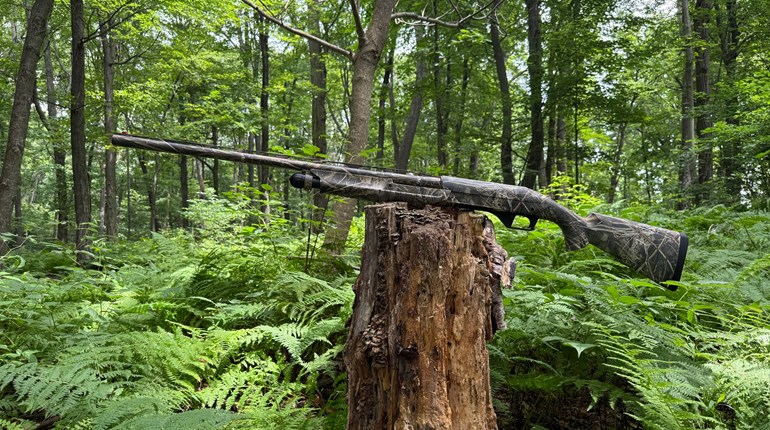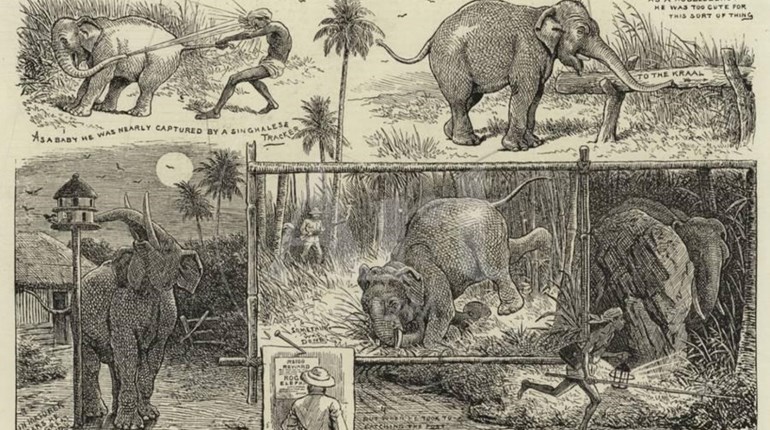
There are countless stories where people have found themselves in dangerous situations outdoors due to unpredictable weather changes. What otherwise seemed a beautiful sunny day can quickly change to a horizon filled with storm clouds and subsequent flash floods. The unpredictable nature of weather makes learning basic weather prediction skills even more important. The good thing is, with a little practice and your body's senses, you can, free of charge, learn to predict upcoming changes in weather and keep yourself and those around you out of a sticky situation.
When interpreting weather patterns, both those you are currently experiencing and those to come, the key skill to employ is simple observation. Start by paying attention to the movement of clouds, the speed and direction of wind, and any noticeable changes in temperature and humidity. These four things are amongst the most reliable indicators of future conditions and will provide valuable insight, allowing you to prepare as needed.
The sky is vast, providing the perfect backdrop for learning all things weather-related. You will gain valuable insight and expand your skill set through visual cues displayed in the clouds, sun, moon and the sky itself. Clouds can provide a wealth of knowledge when attempting to discern what conditions will be like as the day progresses, with keen observations allowing for a peek into real-time changes. Large white and fluffy cumulus clouds will typically indicate fair weather.
Pay close attention, though, because if they start to pile up high into a cumulonimbus cloud, chances are there's a thunderstorm on the horizon. On the other hand, if you see thin, wispy clouds rather high in the sky above, those are typically indicative of stormy weather to come within the next 24 hours. Another common cloud type you may see above is a stratus cloud, which forms a low, flat blanket in the sky and often indicates light rain or snow.
Have you ever heard the old saying, "Red sky at night, sailor’s delight; red sky in morning, sailors take warning"? While this saying has been around longer than most of us have been alive, it holds true more often than not. Typically, a red sky at night is associated with higher pressures moving in, accompanied by good weather. On the flip side, a reddened morning sky is associated with storms moving in from the west, bringing with them deteriorating weather conditions. Another oldie but goodie is what appears to be a halo around the sun or moon. When this occurs, many believe rain will follow shortly after that, often within 24-48 hours.
 If you are an avid marksman, you are already aware of wind's effect on your bullet and where it ultimately lands on your target. Taking notice of the same wind, you can also use it as a predictor of what's to come. The next time a breeze stirs up, note which direction it is coming from. Wind will typically move from an area of high pressure to an area of low pressure. Winds from the south typically bring warm, moist air that could develop into thunderstorms.
If you are an avid marksman, you are already aware of wind's effect on your bullet and where it ultimately lands on your target. Taking notice of the same wind, you can also use it as a predictor of what's to come. The next time a breeze stirs up, note which direction it is coming from. Wind will typically move from an area of high pressure to an area of low pressure. Winds from the south typically bring warm, moist air that could develop into thunderstorms.
The opposite can be said for winds originating from the north, often linked with an influx of cooler, dry air. Not only is direction important, but so is speed. If you are outdoors and your calm day is rudely interrupted by strong gusts, it's best to head indoors as this typically precedes severe weather.
Temperature and humidity also play an important role in weather predictions. Have you ever been outside and noticed it got cool all of a sudden? Chances are a cold front was approaching, increasing your chances of rain or snow. Alternately, if you suddenly feel warmer and shed your jacket, a warm front is likely on its way, bringing along potential rainstorms or thunderstorms.
Believe it or not, animals are amazing weather predictors, so it's natural that we learn from their behaviors and patterns when weather conditions change. If you see birds flying lower in the sky than they normally do, there is often a storm in the not-too-distant future. Birds sense this and fly at lower altitudes to avoid changes in atmospheric pressure.
Like humans, bugs will become more active when the weather is nice. If you notice an absence of insects, look at the skies for signs of poor weather to come. Another animal to keep an eye on are cows. While some consider this sign an old wives’ tale, it is believed by many that when cows are lying down in a field, there is a storm moving in.
Having already used our sense of sight and touch, it's time to pay attention to what we hear and the scents we smell. Have you ever heard anyone say that they "smell rain coming"? Although they may seem a bit off their rocker, there is truth behind their claims, as plants and soil release certain oils before an impending rainfall, which leads to a more earthy smell. That smell is called "petrichor," which incorporates two Greek words to generally mean "blood of the stone." And that is what it smells like, isn't it?
Sound also travels differently before a storm. Pay close attention to how easy or hard it is to hear things, such as animals calling back and forth or even the sound of a nearby stream. If you find yourself hearing things easier and perhaps hearing things from further than you've been able to in the past, most likely you have a low-pressure system moving in, followed closely by a storm.
Learning to predict the weather becomes a critical skill when you're far from civilization. From the shifting clouds to the subtle changes in temperature, nature provides us with all the clues we need to stay one step ahead of whatever's coming our way. By honing your observation skills and learning to read the signs around you, you can ensure your time in the wilderness remains as safe as it is exhilarating. So next time you're out there, don't just enjoy the scenery—let nature tell you its story, one weather sign at a time.




































